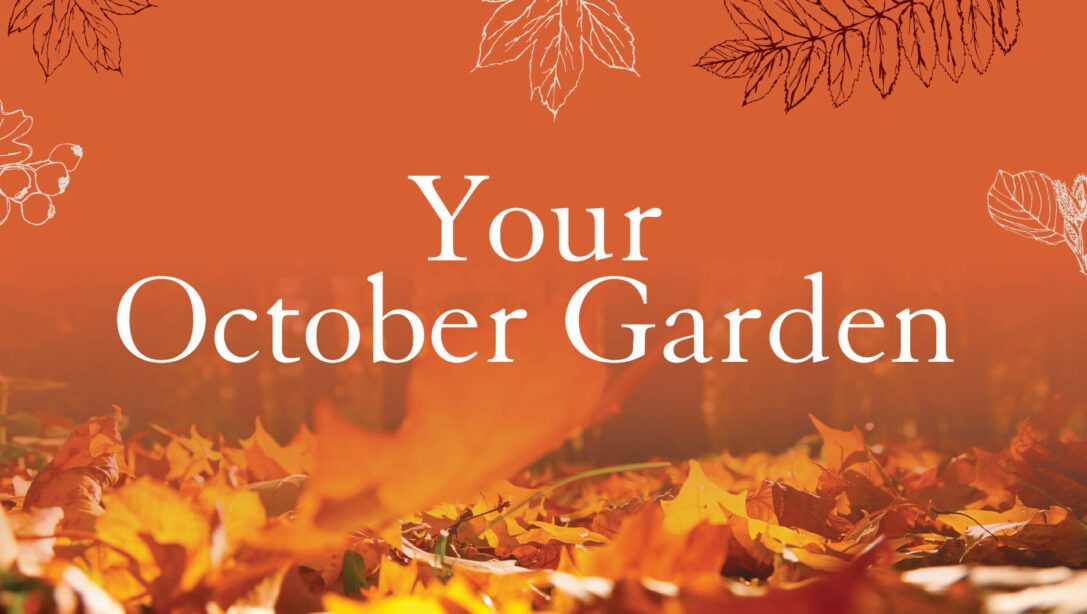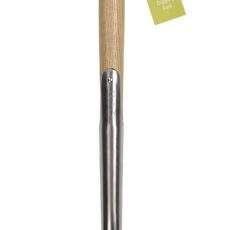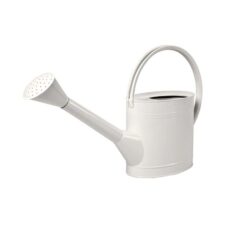October is a real month of transition and arguably, one of the most spectacular months in terms of nature’s display. Mornings bring dew or even the first frost, while bursts of Indian summer can highlight the fiery displays on trees. There is still plenty to do in your October garden, particularly in terms of repair and prepare.
Read our guide to October gardening jobs to find out what to do this month and helpful gardening tips from our Hillier experts to keep your garden at its best whether you’re a gardening expert or novice.
What to Enjoy in your Garden in October
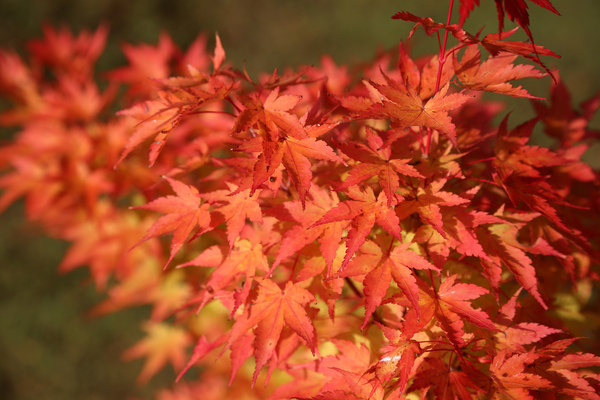
Gardening is as much about appreciating the beautiful now as planning and planting for the future. Enjoy these plants in your garden and home this month:
Plants flowering in October
- Climbers: autumn flowering clematis varieties.
- Autumn flowering shrubs: abelia, abutilon, Calluna vulgaris, ceratostigma, euonymous, Vinca major.
- Perennials: alstroemeria, Japanese anemones, aster, astilbe, chrysanthemums (frutescens or indicum), gazania, geranium, gypsophila, Nerine bowdenii, penstemon, rudbeckia, salvia, scabiosa, sweet peas.
- Autumn bedding plants: Cyclamen hederifolium, pansies, violas.
- Alpines: Phlox, saxifrage, sedum.
Ornamental Fruit and Berries
- Great berries: Pyracantha, Skimmia
- Ornamental fruit: Malus
Great for Foliage and Structure
- Key shrubs and trees: Acer palmatum varieties, cordyline, cornus, fatsia, leucothoe, liquidambar, physocarpus, Pieris japonica, prunus, sambucus.
- Perennials: Cannas, cynara, eryngium, hostas, heucheras, phormium, tiarellas.
- Ornamental grasses: miscanthus, Ophiopogon nigrescens, stipa.
- Ferns: Athyrium, dryopteris, matteucia, osmunda, polystichum.
Houseplants
- Flowering now: Begonias, kalanchoe, orchids, roses
- Great for foliage: Adiantum (and other ferns), alocasia, chlorophytum, cordyline, ficus, kentia, monstera, schefflera, cacti and succulents
What to Plant in October
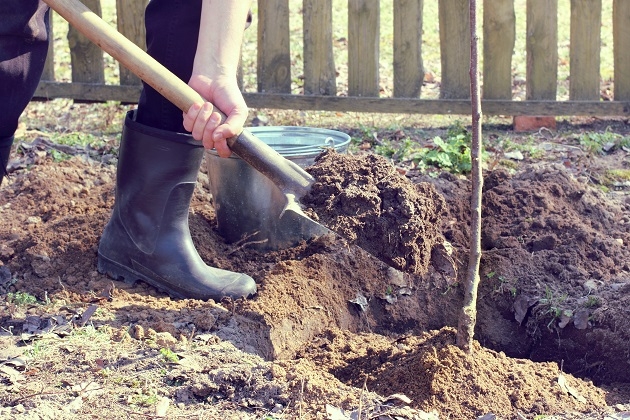
As the garden offers its autumn display you can plant for instant impact and plan and plant for the following spring.
Planting for Instant Impact
Gardening is often about the patient process of growing from seed, bulb or small plant and nurturing it over time. If you want to balance this out with immediate colour, foliage and scale in your garden, you can always find larger plants or those in bloom right now for instant impact. Be sure to water newly planted gardens often.
Simply browse the ‘flowering now’ list above. Many of these plants will be available from the Garden Centre for immediate enjoyment and once planted should continue to develop year after year.
What to Plant for Future Interest
- Spring-flowering bulbs. October is a good month to plant allium and tulip varieties.
- Trees and shrubs. Autumn is the perfect time to plant shrubs, giving them plenty of time to get roots out before the next growing season in the spring.
Hillier tip: if you are planting larger shrubs or trees in your garden, follow our planting how-to guide for the main steps needed to plant with ease.
What to Grow in October
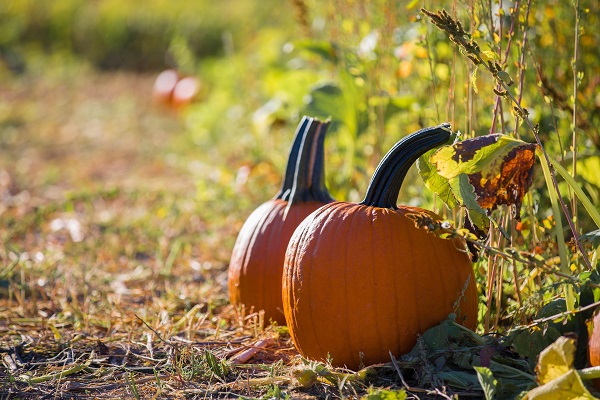
October is the time to finish your harvest for many plants and make sure you have cleared your vegetable plot ahead of winter, taking care of any crops that you plan to leave in throughout winter.
Sow Outdoors
There are a small number of crops that can be sown now and left to overwinter.
- Sow over-wintered broad beans, garlic, autumn planting onions/shallots, including spring onion, spinach, winter lettuces (try oriental mustard leaves or ‘Winter Gem’), winter hardy peas.
- If you are not planting any crops in autumn, consider sowing ‘green manure’. Plants such as field beans, mustard or a seed mix will add nutrients to your soil for next spring, provide habitat for beneficial insects to overwinter and help keep down the weeds.
Harvest Now
- Harvest beetroot, broccoli, carrots, cauliflower, celery, chilli peppers, cucumber, kale, leeks, lettuce, parsnips, pumpkin, radishes, rocket, spinach, squash and swede.
Hillier tip: Got a glut of produce and need some inspiration on how to use them? View our recipe collection for a number of delicious recipe ideas, all created by our Hillier Development Chef.
Other Grow Your Own Activities
- October is the ideal month for clearing your vegetable patch if you didn’t start in September. Weed and dig up finished crops.
Hillier tip: Find more advice in our guide to October grow your own.
Gardening Jobs for October
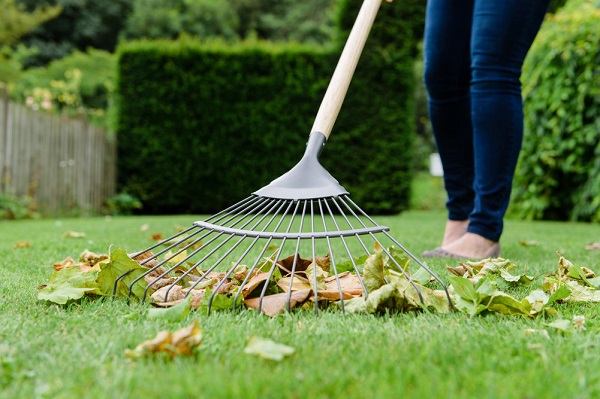
Our gardens have offered us beautiful blooms throughout spring and summer. Autumn is the season to repay this kindness with care and repair activities. In a cold year frosts can arrive in late October, so think about your frost protection plan in good time.
Plants to Prune
- Prune perennials. Cut collapsed stems at the base with secateurs and remove any dying leaves.
- Divide/split mature perennials. They can be moved to other parts of the garden to invigorate growth the following year.
Plants to Move
- Think about your protection plan for tender perennials. Lifting and storing them is not realistic for many people. Pots however, can be moved to a place most likely to receive any winter sun and stood on pot feet. Pot feet have the dual benefit of preventing waterlogging, which can cause root death.
Hillier tip: We like to cover the surface of any pots with a thick layer of coarse bark chips to offer extra winter protection. If the weather is likely to turn very cold, have hessian sacking or old carpet on standby to drape over the top and sides of pots for temporary insulation protecting both plant and pot.
- If you are lifting and storing plants in your greenhouse, this is a good time to give your greenhouse a routine maintenance check.
Plants to Protect
- For plants not growing in pots, once the temperature drops you may like to protect them with a layer of mulch or by covering with a cold frame.
- Roses that have grown tall can potentially sway and bend in the wind (wind rock). Cut back the stems by roughly one third to protect them.
Lawncare & Gardencare
- Collect and compost fallen leaves
Hillier tip: Leave a few small piles of leaves in tucked away spots on the ground as shelter for overwintering wildlife
- The autumn months are the best for lawn maintenance, when the lawn’s growth has slowed.
- Scarify your lawn to remove unsightly thatch using a manual lawn rake or powered scarifier.
- Aerate your lawn to get oxygen to the roots of the grass. Use a garden fork or hollow tine aerator and create 15cm deep spikes spaces 30cm apart all across the lawn.
- Flatten unsightly bumps in the lawn by lifting and rolling back the turf, removing or adding soil below until flat, pulling the turf back over and watering generously.
- Sow grass seed to repair any patches or worn areas.
Hillier tip: For detailed information and tips on caring for your lawn in autumn, read our guide to the perfect lawn.
- Weed and tidy borders and dig up annuals and add to your compost heap. Replant with winter bedding plants, like pansies and violas.
- Plan and create new borders. When digging, apply a good volume of manure (‘double-digging’).
- Accelerate your compost production. Add a compost maker to speed up the process of producing rich, dark, crumbly compost.
- Safely dispose of garden waste. Use a dustbin incinerator for waste items such as paper and wood.
Looking After Birds and Wildlife in October
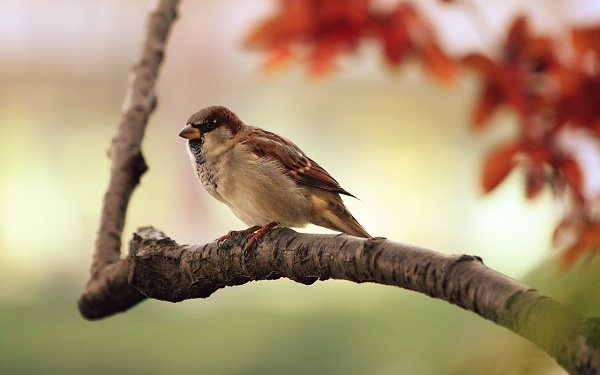
Autumn is a season of transition for birds as they seek out food to fuel their long migration or moult in preparation for winter. This is the season to support them with extra food and clean water in a safe environment.
- Provide bird food with high-fat content, like suet fat snax. Feed regularly
- Top up water frequently
- If you put up a nest box in autumn, it can provide winter shelter as well as a place to nest once spring arrives
- If you already have a nest box, clean it between 1st September and 31st January, once any chicks have fledged
Hillier tip: Read more about looking after our winged friends in our guide to year-round bird care.
Butterflies and bees will thank you for growing a range of late-flowering nectar plants, such as salvias, sedum and Verbena bonariensis.
Monthly Gardening Tool Checklist
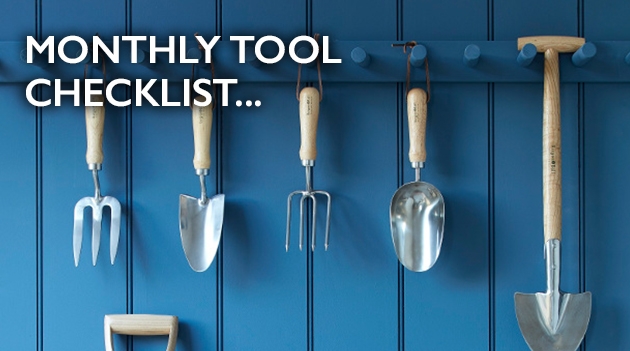
Some of the essential garden tools and products we recommend to have ready in your shed.
Planting autumn shrubs and bedding plants:
- Trowel, spade, multi-purpose compost, hosepipe / watering can.
Planting bulbs:
- Bulb planter, bulb compost, kneepads or kneelers.
Lawncare:
- Clean Lawn, grass seed (e.g. Gro-Sure Smart Seed Fast Start), garden fork (or hollowtine aerator), lawn rake (or powered scarifier), Miracle-Gro Evergreen Autumn, Miracle-Gro Patch Magic, spade (for flattening).
Autumn clear up:
- Incinerator, decorative mini bark, Garotta compost maker, leaf grabbers / rake, pop-up bag, soil rake, warm gardening gloves.
Pruning and deadheading:
- Pruning shears / secateurs.
Frost protection:
- Pot feet, bark chips, coldframe, mulch.
Ready for November? Discover your November garden.
Was This Article Helpful?
Join the Hillier Gardening Club to get the latest gardening news and advice
Find Out MoreWas This Article Helpful?
Join the Hillier Gardening Club to get the latest gardening news and advice
Find Out More

